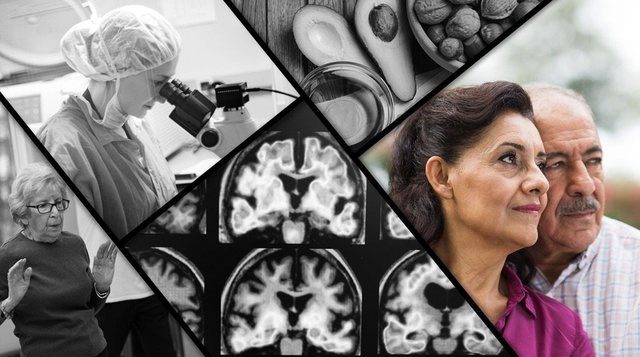Happiness is an ever-elusive pursuit that people seek throughout their lives, even though defining what happiness truly means remains a complex question. What do we need most to feel happy? The answer may vary from person to person, but scientists have discovered a “formula” for happiness based on collective findings.
Research in Search of Happiness
The research conducted by Robert Waldinger, a professor of psychiatry at Harvard Medical School and director of the Harvard Study of Adult Development, is the longest study on happiness ever undertaken, and it continues to this day. It began in 1938 with 724 participants, including 268 college students from Harvard University and 456 14-year-old boys growing up in some of the most challenging neighborhoods in Boston, Massachusetts.

Professor Robert Waldinger has dedicated his life to studying happiness.
The two groups were assessed to have significantly different material conditions, living circumstances, and perceptions. At that time, one might have predicted that the Harvard students would surely be happier, even though the concept of “happiness” was still hotly debated.
All participants were interviewed and underwent regular health check-ups during the study. Throughout their lives, participants had regular brain scans and blood tests, and most importantly, they underwent numerous interviews regarding their mental health.
More than eight decades later, this study on happiness has expanded further, spanning three generations. Harvard researchers continued their predecessors’ work, including over 1,300 direct descendants of the original participants. Waldinger, who currently leads this massive project, states that although the research is ongoing, after collecting data for 80 years, they have managed to shape some aspects of the “secrets of happiness.”
According to psychologists, happiness can be classified into two types: pleasurable happiness – an experience that fluctuates from moment to moment and often does not last long; and stable happiness – feeling satisfied with one’s life and experiencing fewer negative moods in daily life.

The study identifies factors that contribute to the majority’s happiness and satisfaction in life.
The Most Important Factor in Creating Happiness
One of the most surprising findings of the study is that the factor many people believe brings them the greatest happiness is not wealth, but happiness derived from relationships. Our level of happiness in relationships has a profound impact on our health.
“Our research has shown that the happiest people are those who are connected to others, to family, friends, and community,” Waldinger stated in 2015.
This is why those conducting this extensive research have offered advice and spread the message encouraging individuals to build healthy relationships in their lives.
Waldinger points out that the first lesson you can take away is: “Social relationships are really good for us, and loneliness can kill us.”

Good relationships with others bring happiness to individuals, not wealth or success.
He added: “People with better social relationships with family, friends, and community are happier, physically healthier, and live longer than those with fewer connections. In contrast, frequently experiencing loneliness is harmful. Such individuals experience declining physical health and brain function earlier in middle age and have shorter average lifespans. However, it is also important to note that having good relationships with those around you is not simple. It is not merely about the quantity of relationships but the quality of the connection. People can feel lonely in a crowd or even within their marriage.”


















































